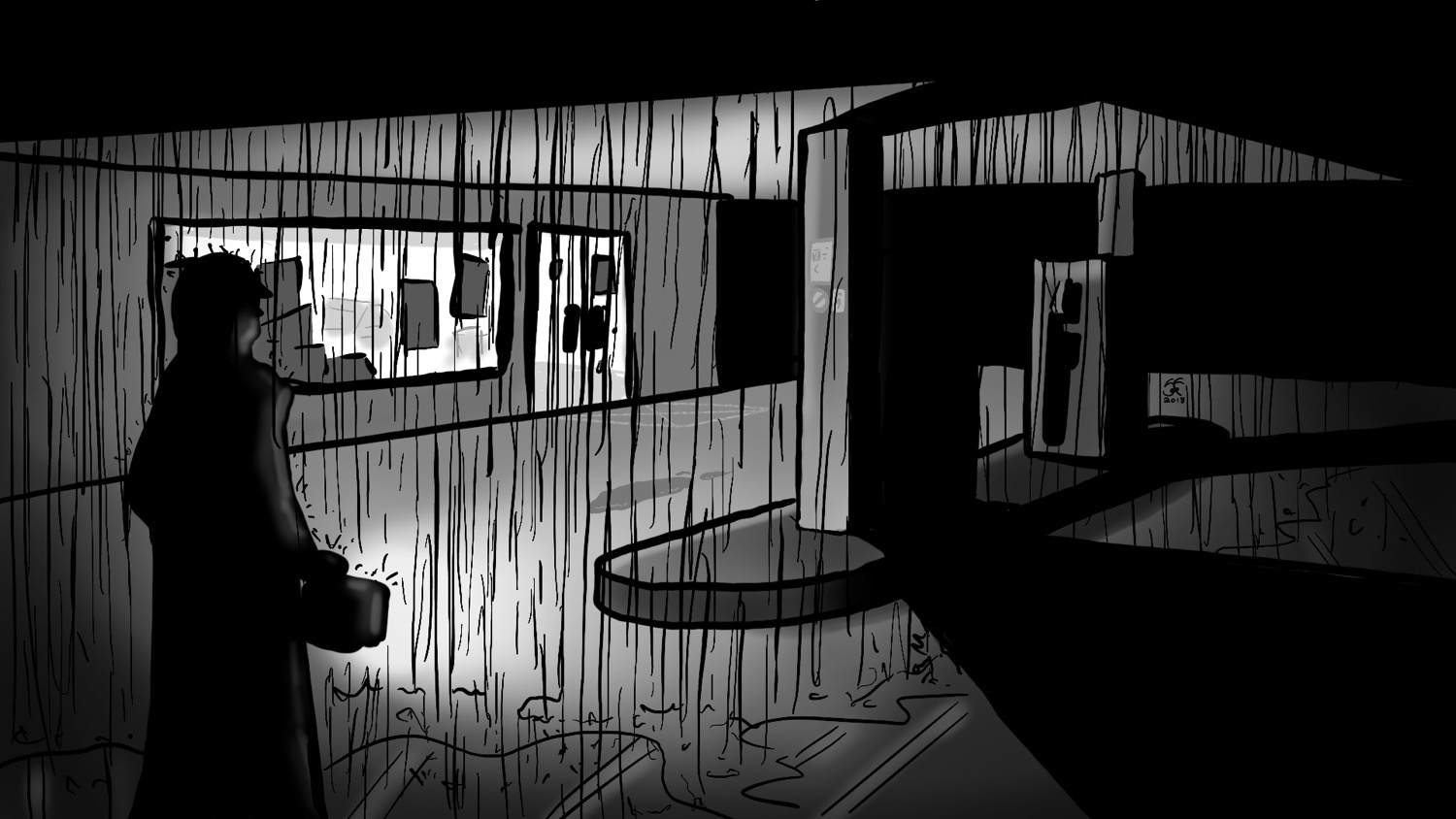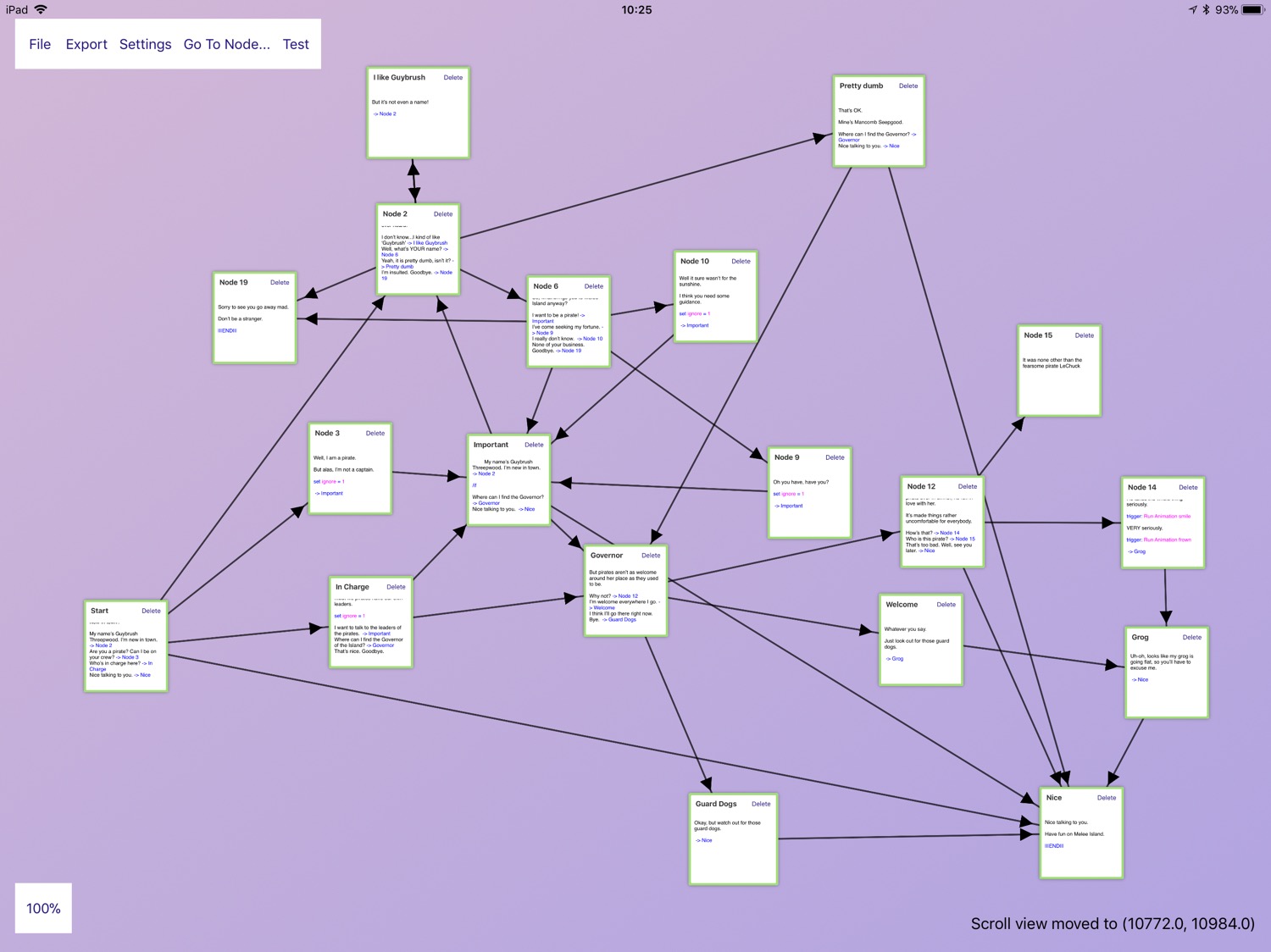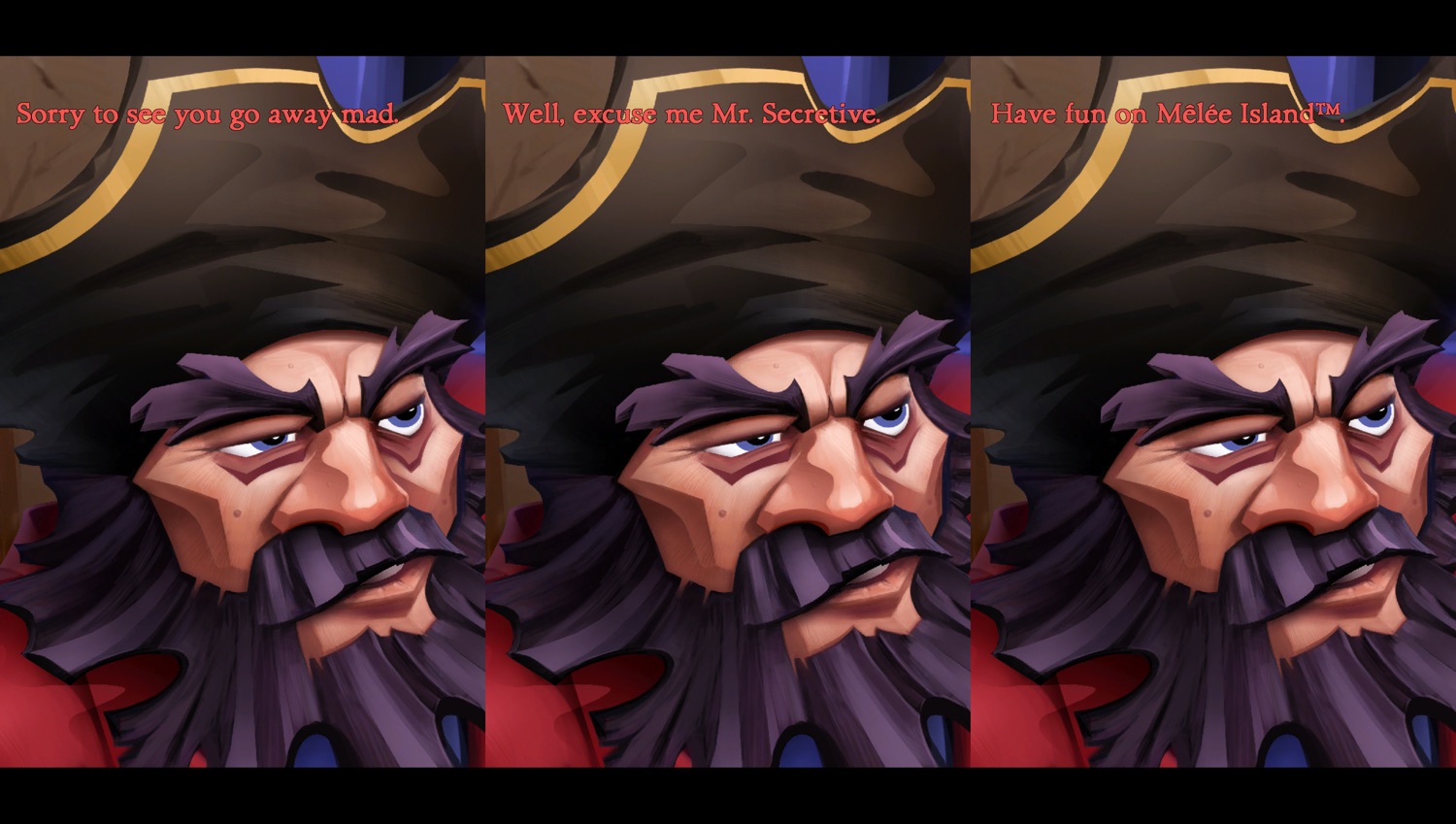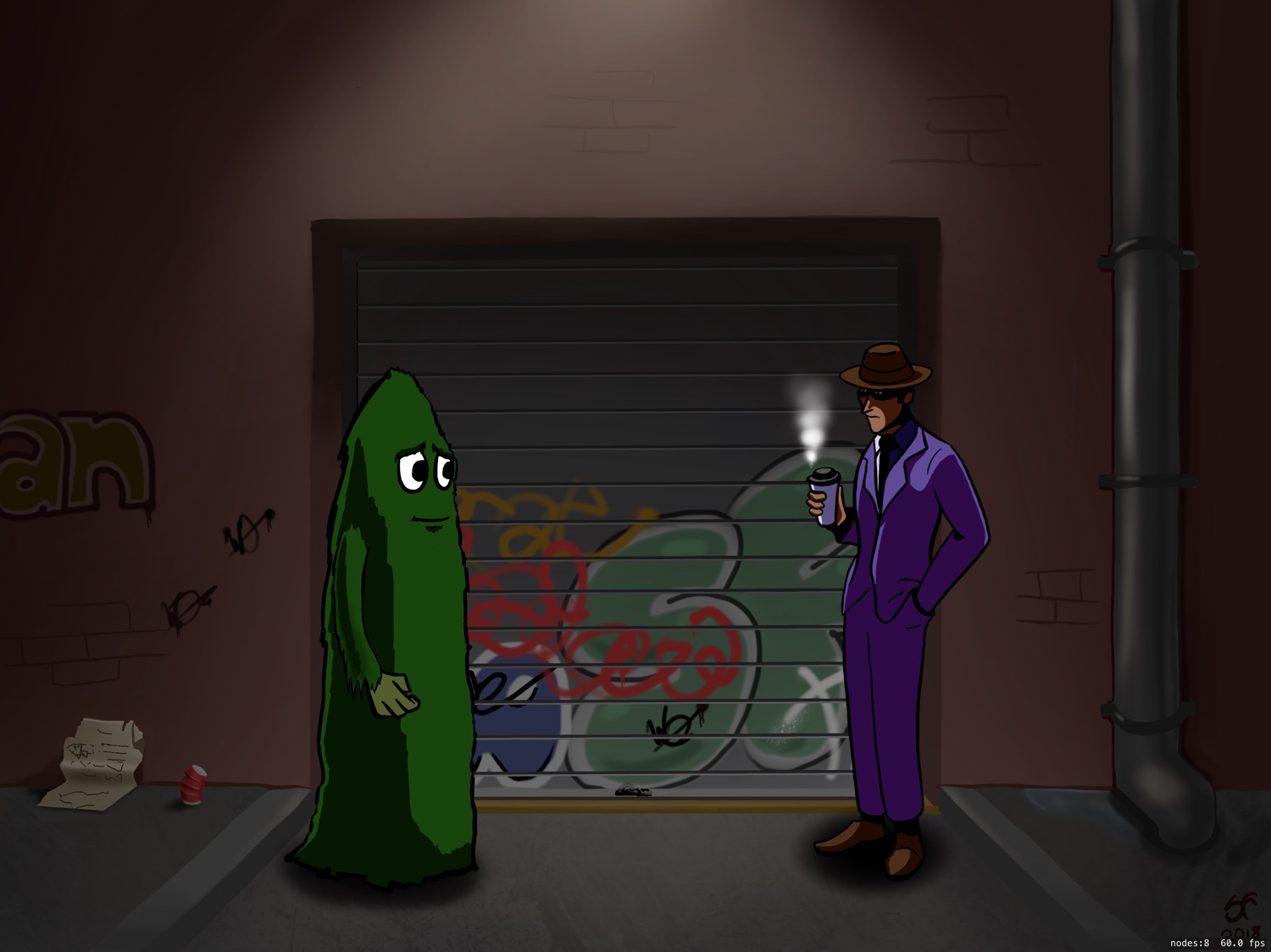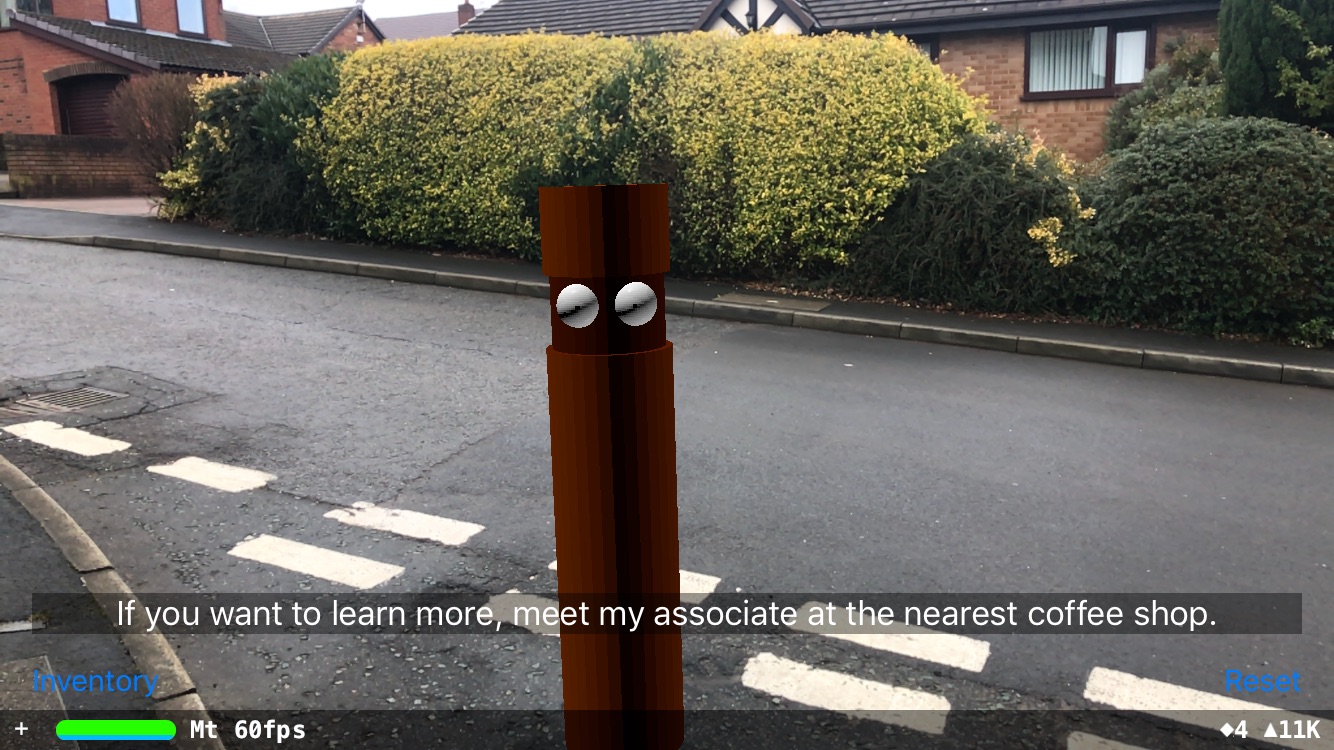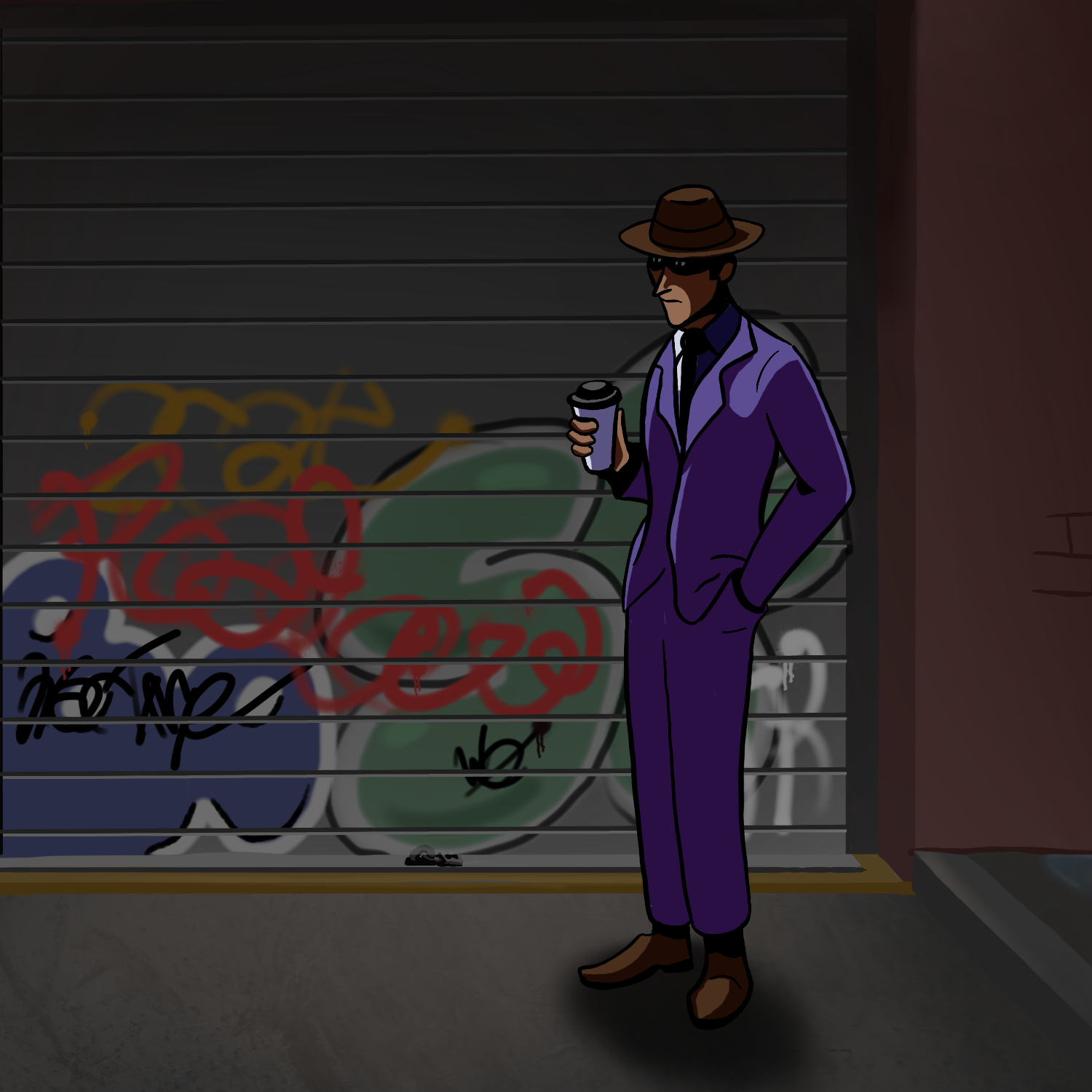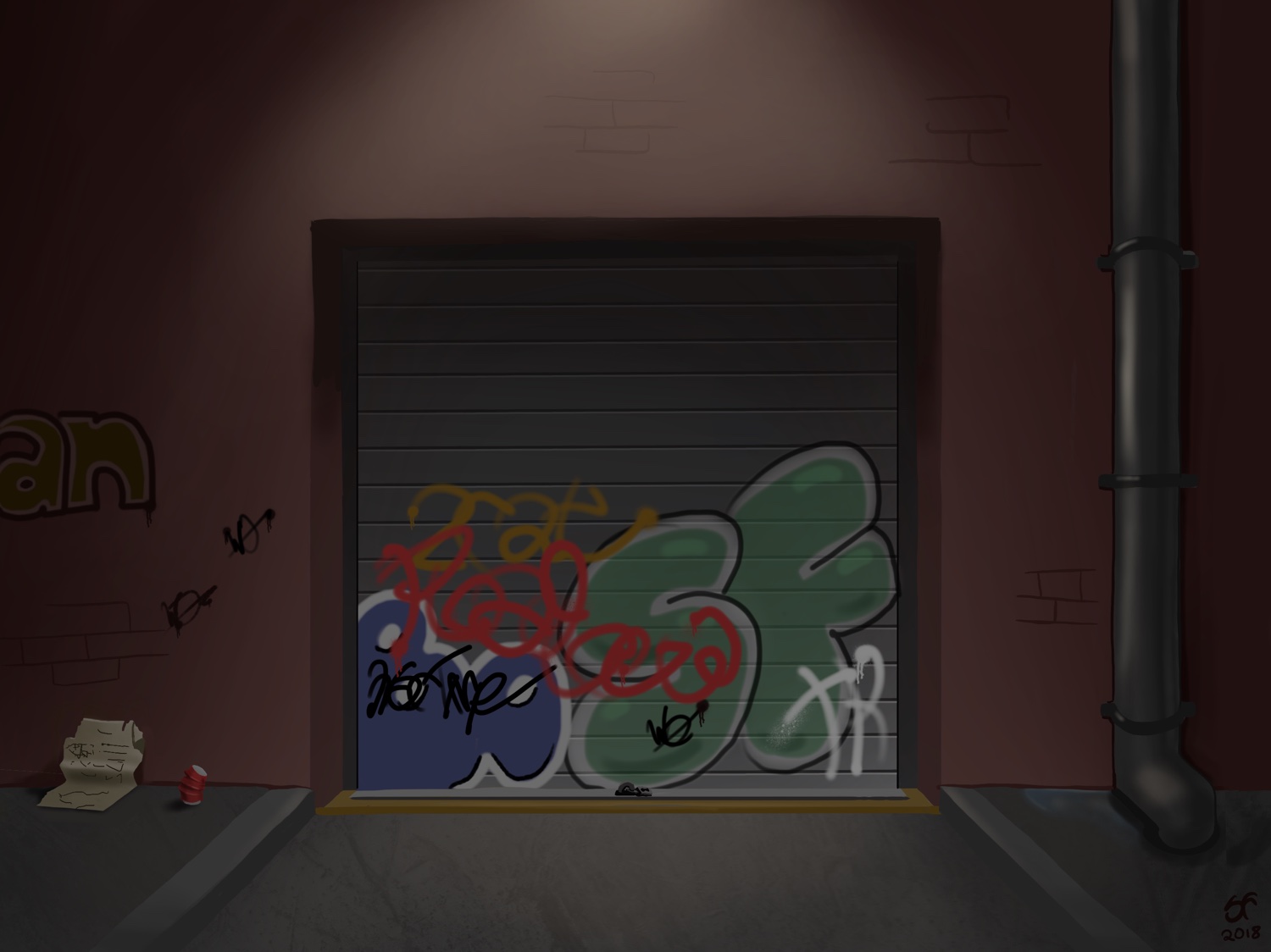Now that I’m starting to get into designing an adventure game, it’s time to come up with some concepts! How about an adventure set at a rural gas station late at night when it’s raining?
Adventure Games
Adventure Game Dialogue Part 3: My Format
This is part three of a series about adventure game dialogue. Part 1 analyses a simple conversation in The Secret of Monkey Island and part 2 takes a look at the tools that are already available
I part 1 I mentioned that using plain text as a game dialogue format is insane and should not be attempted.
What I didn’t mention was that I know this because I attempted it.
Adventure Game Dialogue Part 2: Tool Options
In part 1 of this short series about adventure game dialogue, I used one of the first conversations in The Secret of Monkey Island as an example of the complexities involved in creating dynamic and believable dialogue in an adventure game.
In it, I mentioned that I might have accidentally become distracted by building my own dialogue editor. (If you’ve been following along with my journey into adventure games, you may be noticing a theme.)
Adventure Game Dialogue Part 1: Analysis
Adventure games use a lot of dialogue. Characters are going to have to talk to one another and, unlike books or movies, game dialogue is non-linear and gets complicated quickly.
To see just how complicated it can get, I laid out the initial conversation between Guybrush Threepwood and Mancomb Seepgood in the Scumm Bar early on in The Secret of Monkey Island. This conversation is short enough to be manageable yet still has many of the advanced features of a complex interaction.
Traditional 2D Prototype
My second adventure game prototype is a traditional 2D adventure engine designed to explore whether the following are feasible:
- Developing it as a CocoaPod for reuse over a number of games
- Using a standard JSON format that would describe room parameters (e.g. walkable areas, object locations, NPC locations, environmental triggers, etc.)
- Using a separate JSON format to describe dialogue trees, with support for triggers, branching dialogue, and basic conditionals
- Recreating something like this in C# for use in Unity
AR Prototype
My first adventure game prototype is an ARKit-based app designed to explore the following:
- ARKit plane detection and the automatic insertion of models once suitable planes have been detected (as opposed to user-initiated placement)
- 3D modelling workflows between Blender and Xcode
- Map searches for generic locations and then, using the results, managing distance, accessibility, storage, and game state
- Geofencing triggers and how they might progress the game
Prototype Plans
I am in the process of building two prototypes to explore different ways I could build an adventure game on iOS.
The first is an ARKit app. You interact with characters and then they send you off to real world locations to meet other characters, collect items, and solve puzzles.
The second is a more traditional 2D engine using SpriteKit and is heavily inspired by LucasArts’ legendary SCUMM engine. I want to create something modular that could then be used for many years in dozens of games.
Dodgy-looking Alley Getting More Dodgy
Added a sinister-looking character to the dodgy-looking alley as assets for my upcoming adventure game prototype.
Alley with Garage Background
Background for an upcoming adventure game prototype.
The State of Adventure Games
When it comes to adventure games, I have been focusing on the past, working my way up to the present day. Up until this point, I have been a player only and therefore haven’t really been paying attention to the current state of things.
As 2018 rolled around and I finally committed to creating my own game, I realised that I had no idea what the current market for adventure games was actually like.
